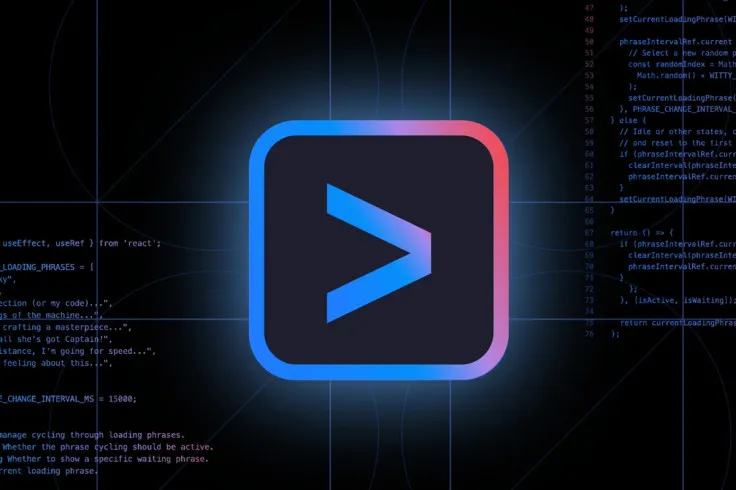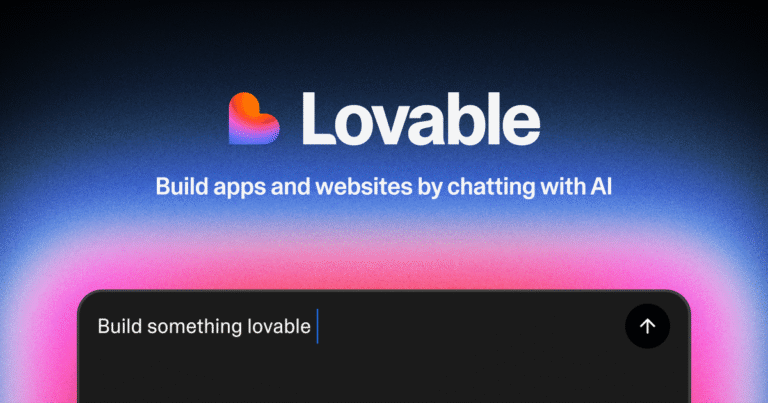The backend in mobile applications is the invisible part of the software responsible for business logic, data processing, and communication with servers. Learn how it functions and why it’s so important.
Introduction to the Backend in Mobile Applications
When we think about mobile apps, we often focus on their user interface and visible features. However, what happens behind the scenes — in the “backstage” of the app — plays a crucial role in its overall operation. This invisible layer is where the backend comes into play.
The Role of the Backend in Mobile Apps
The backend is responsible for managing data, implementing business logic, and handling communication with servers. Its main functions include:
- Storing and retrieving data from databases
- Managing business logic and application rules
- User authentication and authorization
- Integration with external systems and services
- Ensuring scalability and performance of the application
Backend Architecture
The architecture of a mobile app backend varies depending on the app’s scale, features, and business requirements. Below are the most common approaches:
Monolithic Architecture
A monolithic backend contains all logic in a single codebase. While simpler to build and test, it can become difficult to maintain and scale as the application grows.
Microservices Architecture
This approach divides the application into smaller, independent services, each responsible for a specific function. It allows for easier scalability, independent updates, and maintenance.
Serverless Architecture
Serverless architecture allows developers to run functions in the cloud without managing servers. This model simplifies infrastructure management and enables faster development and scaling.
Backend Technologies
Choosing the right backend technology is critical to the success of a mobile app. Commonly used technologies include:
- Node.js – Ideal for apps requiring high performance and real-time data handling
- Python (Django, Flask) – Great for rapid development and data-driven applications
- Ruby on Rails – Known for its flexibility and quick prototyping
- Java (Spring Boot) – Popular in enterprise applications demanding reliability and security
Examples of Mobile App Backends
Social Media Apps
Apps like Facebook and Instagram rely on advanced backends to handle large volumes of data, manage user interactions, and ensure data security.
E-commerce Apps
Shopping apps like Amazon require backends that support product management, payment processing, and personalized shopping experiences.
Streaming Services
Platforms such as Netflix and Spotify depend on backends capable of managing massive amounts of multimedia data while providing smooth content delivery across devices.
Backend Security
Security is one of the most crucial aspects of backend development. Unauthorized access to user data can have serious consequences. Key practices include:
- Implementing robust authentication and authorization mechanisms
- Encrypting data in transit and at rest
- Performing regular updates and applying security patches
- Monitoring and auditing logs
Backend-Frontend Integration
Integration between the backend and frontend is essential for a seamless user experience. APIs (Application Programming Interfaces) serve as the bridge between the two, allowing smooth communication between components.
Process Automation in the Backend
Automating backend processes improves efficiency and reduces errors. Tools like Zapier and Make.com allow for automation of tasks such as data synchronization, reporting, and trigger-based workflows.
Conclusion
The backend plays a vital role in ensuring the functionality, performance, and security of mobile applications. With the right architecture, technology, and best practices, you can build a strong foundation that meets both user expectations and business goals.
As technology evolves and customer demands grow, understanding and managing the backend effectively becomes increasingly important.
If you want to learn more about mobile app development, visit our page on Mobile Applications.







